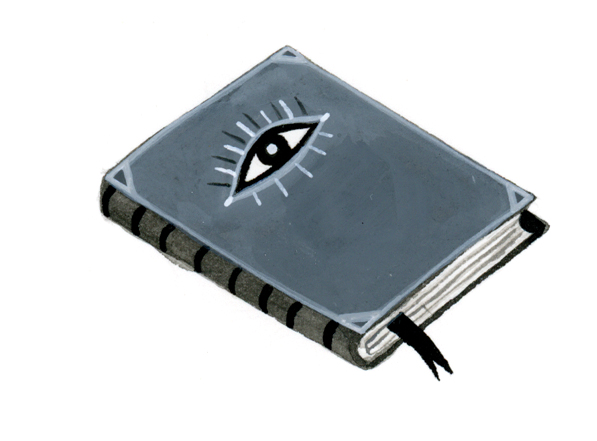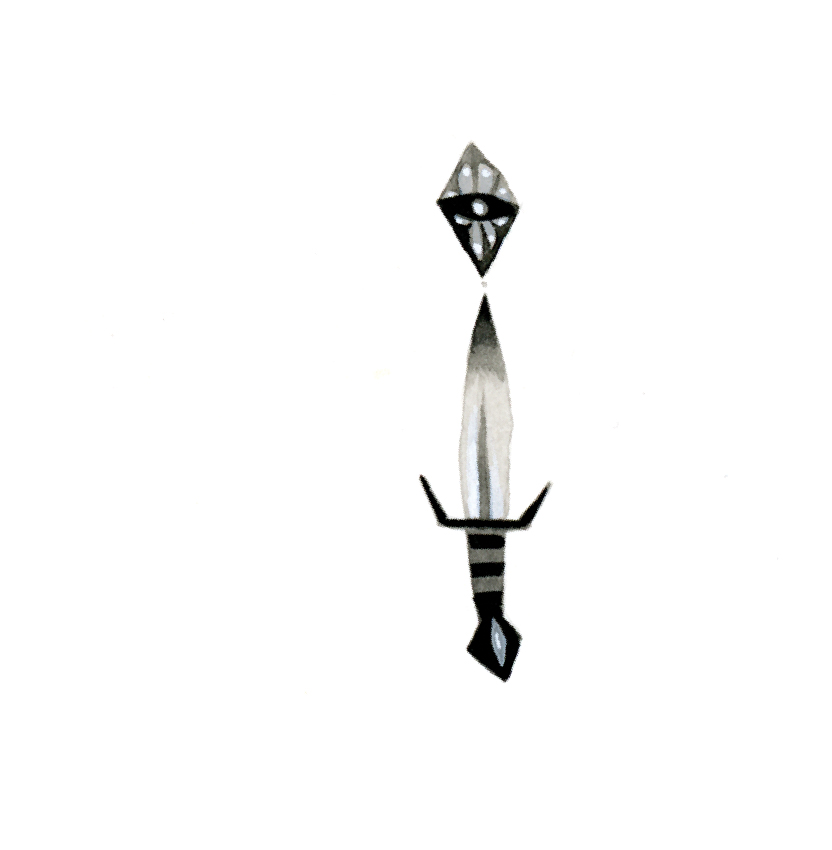Because all artists are magicians, and Witches wield a special magic. Witches and women writers alike dwell in creativity, mystery, and other worlds. They arent afraid to be alone in the woods of their imaginations, or to live in huts of their own making. Theyre not afraid of the dark.
As such, the mantle of Literary Witch is the highest honor we can bestow upon an author. The thirty writers included here inspire us deeply, urging us to be creatively courageous. Weve crafted their portraits in art and writing to pay homage to their presences, and to access their spirits through our own mediums.
Due to time, space, and seniority (long-practicing Witches must be noted before newly initiated Witches), the authors that follow make up only a single shelf of our role-model library. We hope that you will celebrate them with us, read their works, and go out to create your own canon of Literary Witches.
THE WORD WITCH IS THROWN AROUND A LOT THESE DAYS: as an insult, an identifier, a badge of honor. We picture a witch, and we picture a multiplicity: Shes a hideous woman in a pointed hat. A sibyl swaying with prophetic visions. A bride of the devil. A devotee to the divine feminine. A Salem villager. An herbalist. A seductress. A forest dweller in a hut made of detritus or chicken legs or candy. A 1990s teenager in pentagrams and plaid. What does the word witch mean, though? And perhaps more importantly: what do we mean when we use it?
The origin is unclear. A bit of research will tell you that its perhaps a derivation of Old Germanic words that mean wise or to bend or willow. I like all these options, even more so when considered together. I think of someone who is knowledgeable in the art of shape-shifting. Someone plugged into an ancient current. Someone who is pliable not out of resignation but out of self-preservation. Shes an intelligent, resilient being who changes with the times, and changes the times along with her.
One thing is certain: a witch is almost always a she. And Ive come to realize that the Witch is arguably the only female archetype that has power on its own terms. She is not defined by anyone else. Wife, sister, mother, virgin, whorethese archetypes draw meaning based on relationships with others. The Witch, however, is a woman who stands entirely on her own. She is more often than not an outsider, and her gift is transformation. She is a change agent, and her work is sparked by speech: an incantation, a naming, a blessing, a curse.
Who is more worthy of this moniker than female writers, who themselves conjure worlds out of words? Certainly they have much in common with witches: women who create things other than children are still considered dangerous by many. They are marginalized, trivialized, or totally ignored. Too often they are excluded from the artistic canonbut they are weaponized nonetheless.
For lets recall that many occultic words are connected to those of language: Spelling and spells. Grammar and grimoire. Abracadabra is thought to be derived from an Aramaic phrase that translates to I create like the word. To write, then, is to make magic. And so it follows that to be a female writer is, in fact, to be a kind of Witch.
This book in your hands also contains multitudes. It is a course corrective, an inspiration potion, a mystic dossier. Reading Literary Witches is like climbing through a feminist family tree, with gnarled roots, fruit-laden branches, and leaves of letters that offer sustenance and shelter.
Through this luminous volume, we trace a legacy of language, connected by gender if not genetics. It positions these writers as members of a coven: one in which Mirabai, Mary Shelley, Octavia Butler, and Mara Sabina each has her moment in the center of the circle. And we, the reader, are allowed entrance as well. Our offering is our attention to each bright life we encounter here.
Taisia Kitaiskaia supplies us with the hexen text. Her three facts about each Witch writer read like surrealist invocations. She weaves morsels of their biographies with her own channeled visions. Odd and lovely images surface in her scrying glass. She mixes the factual with the true in her brew, and elevates each woman to the realm of legend.
She writes that Virginia Woolf leaps easily from one pool of consciousness to another, and so we think simultaneously of Mrs. Dalloway and a High Priestess in trance.
Were told of Audre Lorde that in nights secret wood, where women go to eat their own hearts, Audre is a goddess rising from a pond of lava. I, for one, can attest that Lordes writings make me glow with inner fire, and that I have worshipped at her altar on many a dark occasion.
About Anne Carson, Kitaiskaia writes, Sappho, Sokrates, and Sophokles are a few of the ghosts that haunt Annes nights. Whether this should be read as an allusion to Carsons classicist streak or as evidence of necromancy is uncertain. After all, whos to say that Carson doesnt convene with phantoms in the evenings? Far be it from me.
Therein lies the immense pleasure of this book. As readers, were pulled between a desire to decipher these fragments and an eagerness to surrender to their delicious mystery.
Katy Horans strange and tender illustrations capture this spirit perfectly. A painter who specializes in folkloric scenes of feminine magic, she has found ideal subject matter here. Each of her portraits is reminiscent of religious iconography, embellished with miraculous elements and secret symbols throughout. No stranger to Witches, she is perhaps best known for her paintings of crones and naked ladies who engage in woodland rituals and make talismans from string and lace.


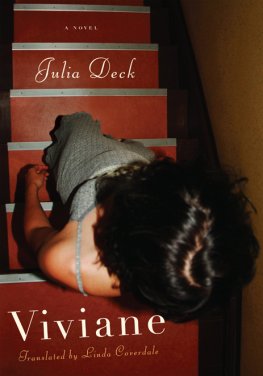
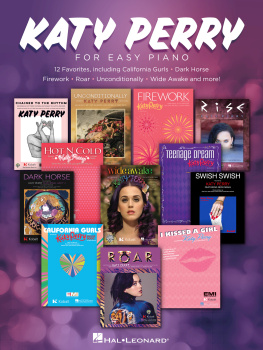
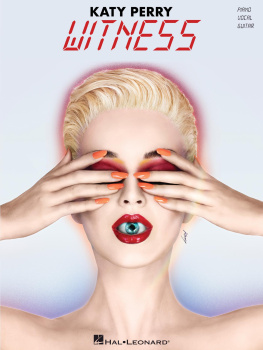
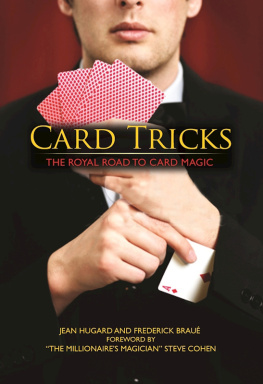
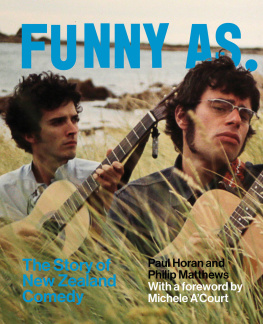



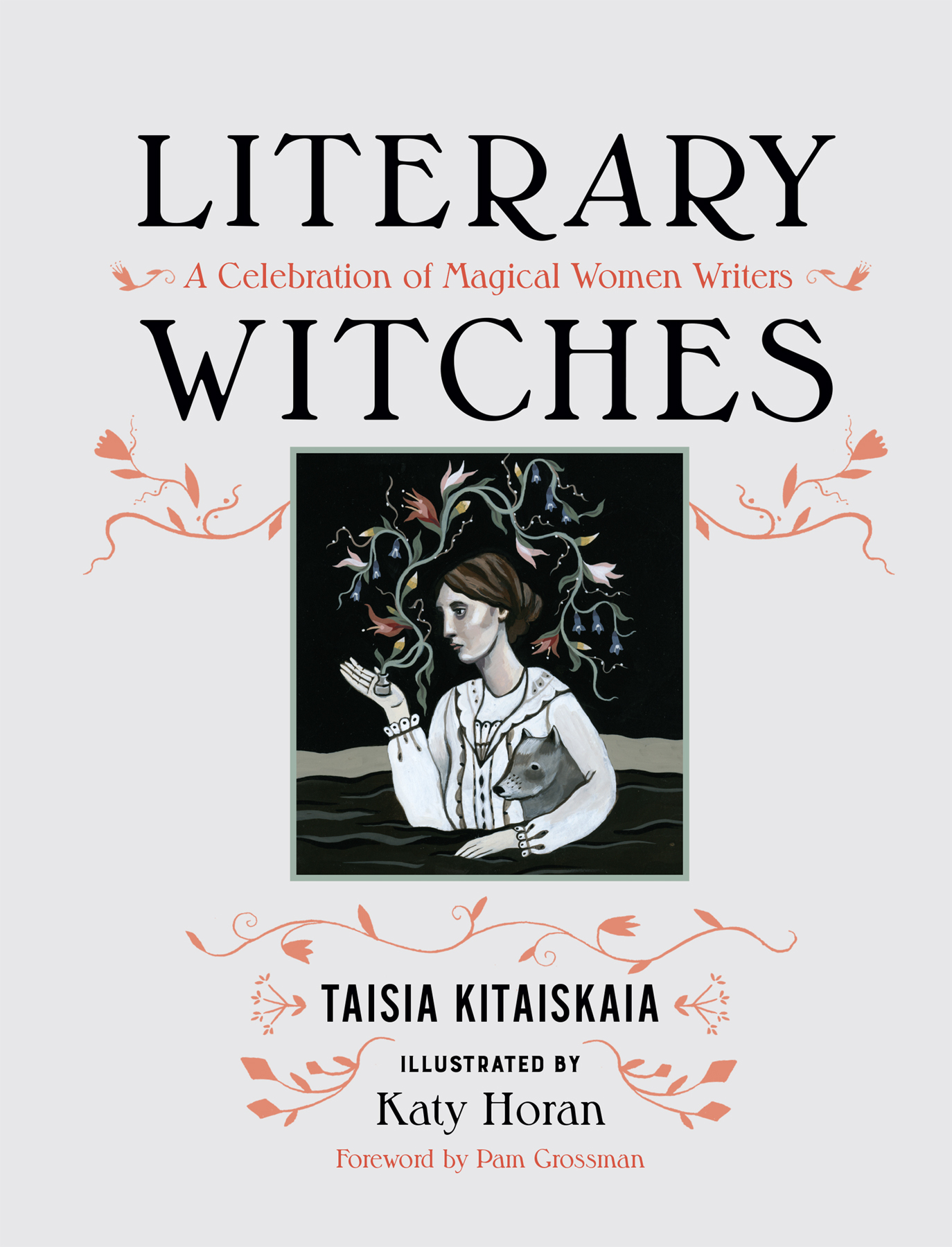

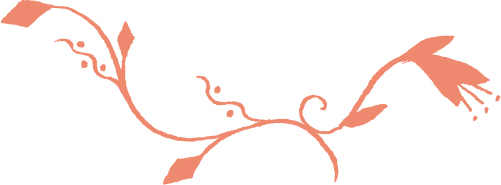
 In Witchery,
In Witchery,